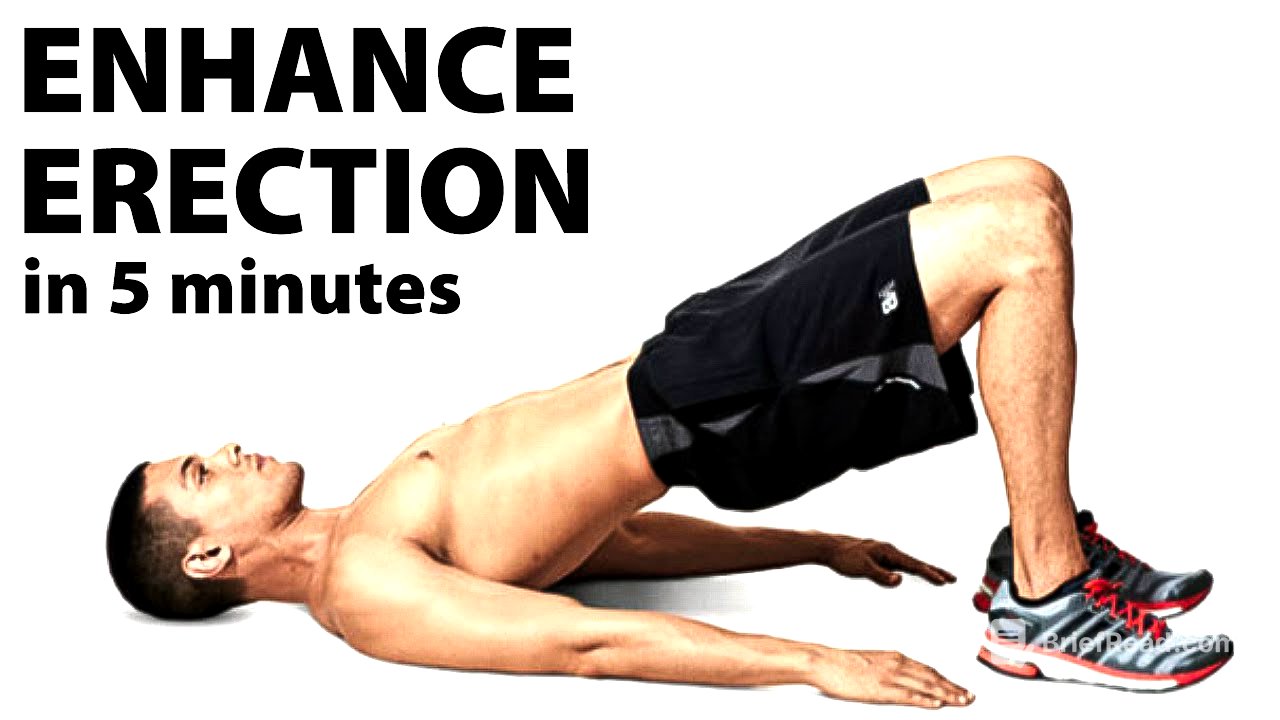TLDR;
This video provides a practical guide to performing pelvic floor exercises, focusing on the sensation of retracting the testicles into the pelvic cavity. It outlines a progression of exercises, starting from a basic lying-down position and advancing to sitting, standing, and even incorporating the technique into walking and core workouts like bridging. The goal is to enhance pelvic floor muscle control, improve blood circulation, and support overall pelvic health.
- Focus on retracting the testicles into the pelvic cavity during exercises.
- Progress from lying down to sitting, standing, and incorporating into daily activities.
- Combine with core workouts like bridging for enhanced muscle engagement.
Theoretical explanation of these powerful exercises [0:00]
The video introduces a practical routine for pelvic floor exercises, building upon the theoretical understanding discussed in a previous video. The core concept involves contracting and retracting the testicles into the pelvic cavity, holding the contraction for five seconds, and then fully releasing. The aim is to engage and strengthen the internal muscles of the pelvis.
The first exercise [0:46]
The first exercise is performed lying on the back. The initial step involves creating a "brace" by engaging the abdominal muscles as if preparing to resist a push from the side. With the lower back flat on the floor, the exercise focuses on pulling the entire testicular sac into the pelvic floor. This is done by taking a deep breath in while maintaining the brace, pulling the testicles in, holding for five seconds, and then completely releasing. The exercise should be repeated about 20 times, and some soreness is normal initially due to using previously underutilized muscles.
The second exercise [3:14]
The next progression involves performing the same exercise with legs up. This variation is more challenging as it requires tilting the pelvis slightly to keep the pelvic floor facing the ribcage, which increases the engagement of the abdominal muscles for control. The feeling remains the same—pulling the testicular sac inward. Additionally, the glutes may contract to aid in drawing the sac inward. This exercise is also repeated about 20 times, focusing on the controlled pull and complete relaxation afterward.
The third exercise [4:12]
The third progression is performed while sitting, ideally near the edge of a chair with feet planted on the floor. The individual should brace the core muscles as before, maintaining spinal stability. As they breathe in, they engage the internal muscles to pull the testicular sac into the pelvic cavity, holding the breath for five seconds while maintaining the pull, and then releasing. Tension may be felt between the testicular sac and the anus, indicating engagement of the deepest perineal muscles. This exercise is also repeated about 20 times, adjusting the number of repetitions as needed to avoid pain or excessive soreness.
The fourth exercise [6:11]
The progression from sitting involves performing the exercise while standing. The focus remains on bracing the core and pulling the testicular sac into the pelvic cavity while taking a deep breath. In this position, there's increased engagement of the lower abdominal muscles, along with the gluteal and perineal muscles. The same technique of inhaling, squeezing, pulling, holding for five seconds, and then releasing is applied.
The fifth exercise [7:04]
The progression from standing involves incorporating the exercise into walking. While walking, the individual should focus on pulling and holding the deeper muscles, maintaining engagement while walking for about five steps, and then relaxing. This trains the pelvic floor muscles to engage during movement, providing spinal support.
The sixth exercise [7:46]
The exercise can be combined with core workouts like bridging. During a bridge, before lifting the pelvis, the individual pulls the testicles in and holds them. Then, they push through the heels to lift the body, feeling a deeper drive. They slowly bring the body back down and release. This can be done with both two-leg and one-leg bridges, focusing on engaging the perineal muscles and pulling the testicular sac throughout the exercise. Consistent engagement of these muscles can lead to improved muscle development, control, blood circulation, and overall pelvic health.









